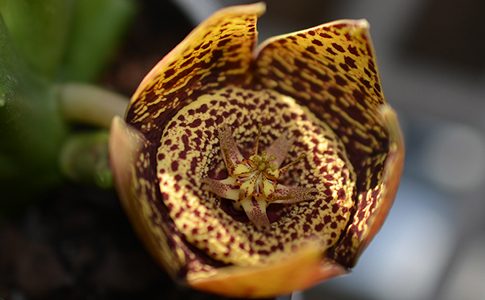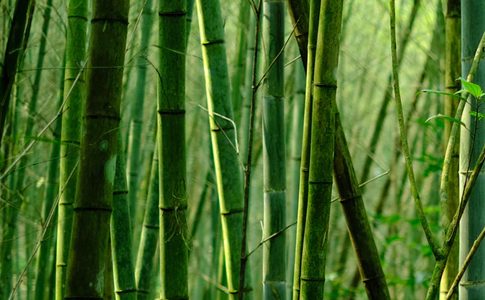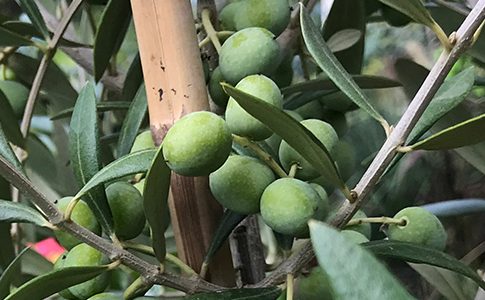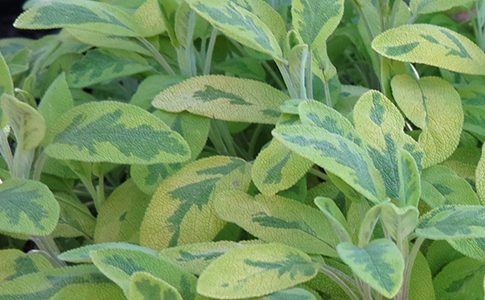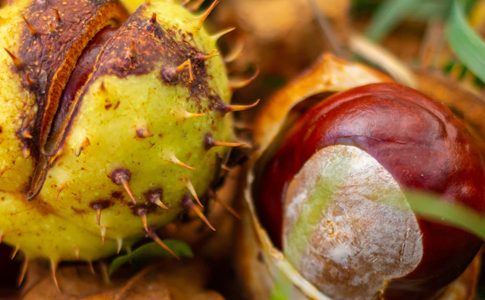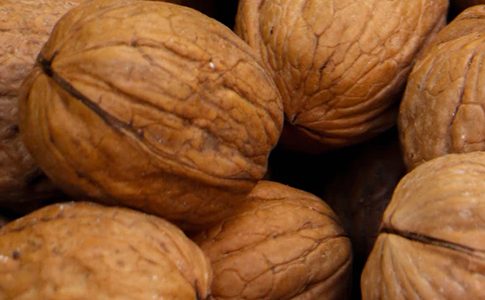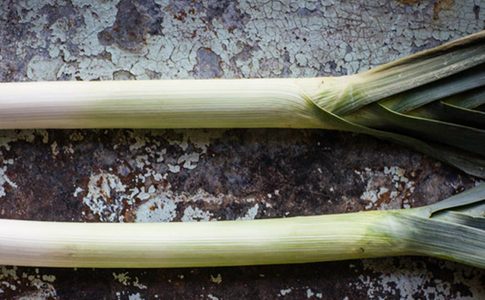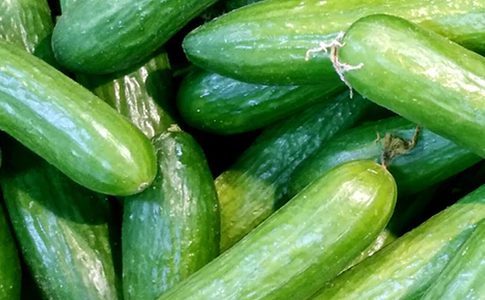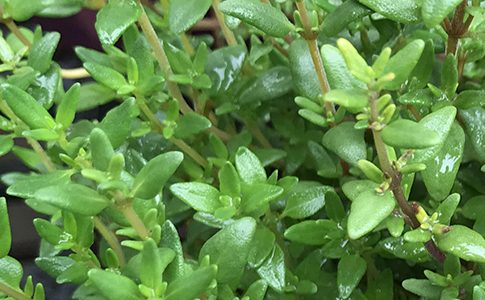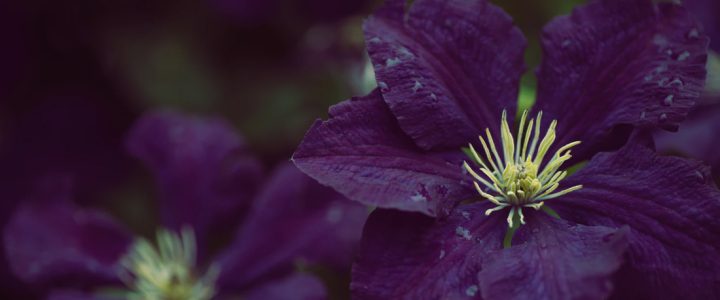…elly beauty – Stapelia variegata Coming from South Africa, the most common species of Stapelia is the carrion or starfish flower plant. It forms clumps of fleshy stems which can be green or grey-green,…
More...Search Results
Edible Gardening in Small Spaces
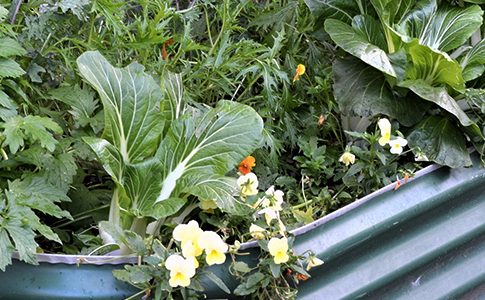
…d. Over winter, if your garden becomes shady, stick to fast growing leafy greens, such as rocket, coriander or silver beet, which will tolerate the shade. Also – don’t forget you can use the front gard…
More...Nashi (or Asian) Pears
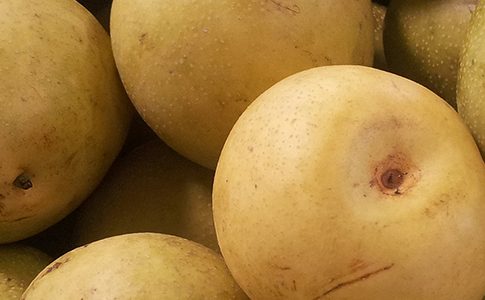
…y juicy, crisp and rather grainy compared to the smoother, softer more buttery flesh of European pears. Asian Pears are ripe when firm & have a sweet smelling aroma. They store very well in the fridge….
More...Insect Repellent Plants
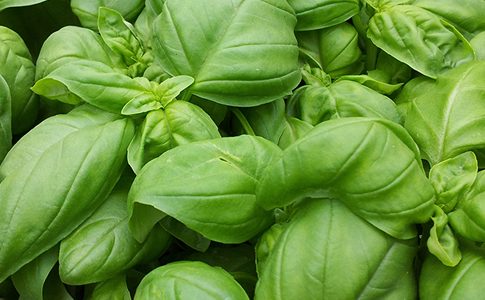
…autifully in Melbourne. Plants recommended to plant with tomatoes The most frequent companion planting question we get is for tomatoes. Recommended for planting with tomatoes are asparagus, basil, bean…
More...Black Sapote
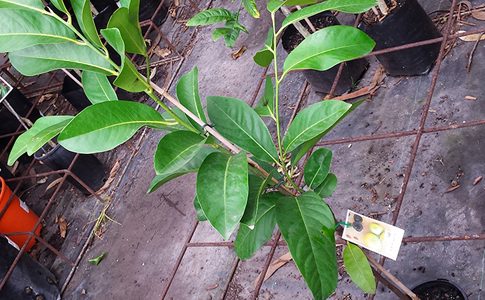
…uality, small fruits that may be completely seedless if not cross pollinated. White v Black? White and black sapotes are completely unrelated. White sapotes are from the citrus family and are big trees…
More...
